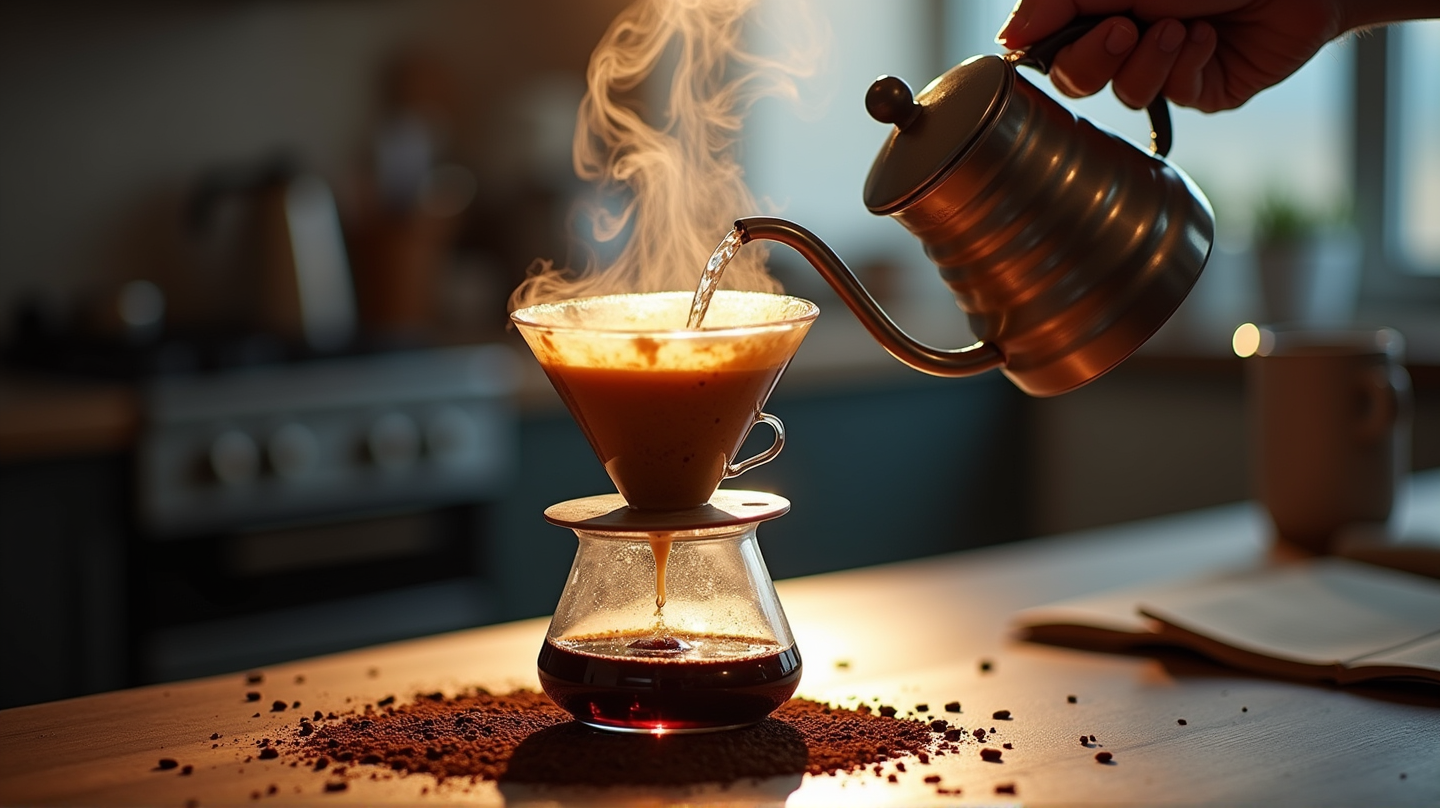Every coffee lover knows the delight that accompanies a rich, flavorful cup of pour-over coffee, but did you know that using fewer beans could lead to the perfect brew? Researchers from the University of Pennsylvania have discovered groundbreaking insights that promise to transform our coffee rituals and refine our brewing techniques.
Revolutionizing Coffee with Physics
Tens of billions of kilograms of coffee are consumed globally each year. Yet, cultivating coffee is challenging due to its specific agricultural needs and the ominous threat of climate change impacting its growth. In a bid to optimize resources, researchers have unveiled techniques to prepare pour-over coffee that enhances taste with fewer beans. Their findings, published in Physics of Fluids by AIP Publishing, suggest that achieving a laminar flow—a consistent, unbroken stream of water—is key to maximizing flavor.
The Dynamics of Water Jets
The gooseneck kettle, a favorite amongst coffee aficionados, becomes essential under the researchers’ new recommendation. A thick water jet, pouring from a height without breaking up into droplets, is key to ensuring that the coffee grounds mix effectively, leading to a stronger, aromatic brew. Author Ernest Park highlighted, “What we recommend is making the pour height as high as possible, while still maintaining a laminar flow.”
The Science of Mixing
Through an innovative experiment using laser-illuminated particles, the research group visualized how water interacts with coffee grounds. They found that thick water jets cause an “avalanche” effect within the coffee grounds, enhancing the mixing dynamics and consequently, the sensory experience. It’s a mesmerizing dance of physics and chemistry.
A Call to Coffee Enthusiasts Worldwide
Though this study marks a significant milestone, the researchers believe there is more to explore, such as how different sizes of coffee grounds alter brewing dynamics. However, they encourage experimenting with the newfound techniques at home. As Arnold Mathijssen succinctly put it, “We can really learn something from both the chemistry and physics point of view by looking at the kitchen.”
Could the art of coffee brewing one day rival the science lab in its discoveries? According to Technology Networks, as long as there’s coffee to brew and minds to intrigue, the future looks promising.
